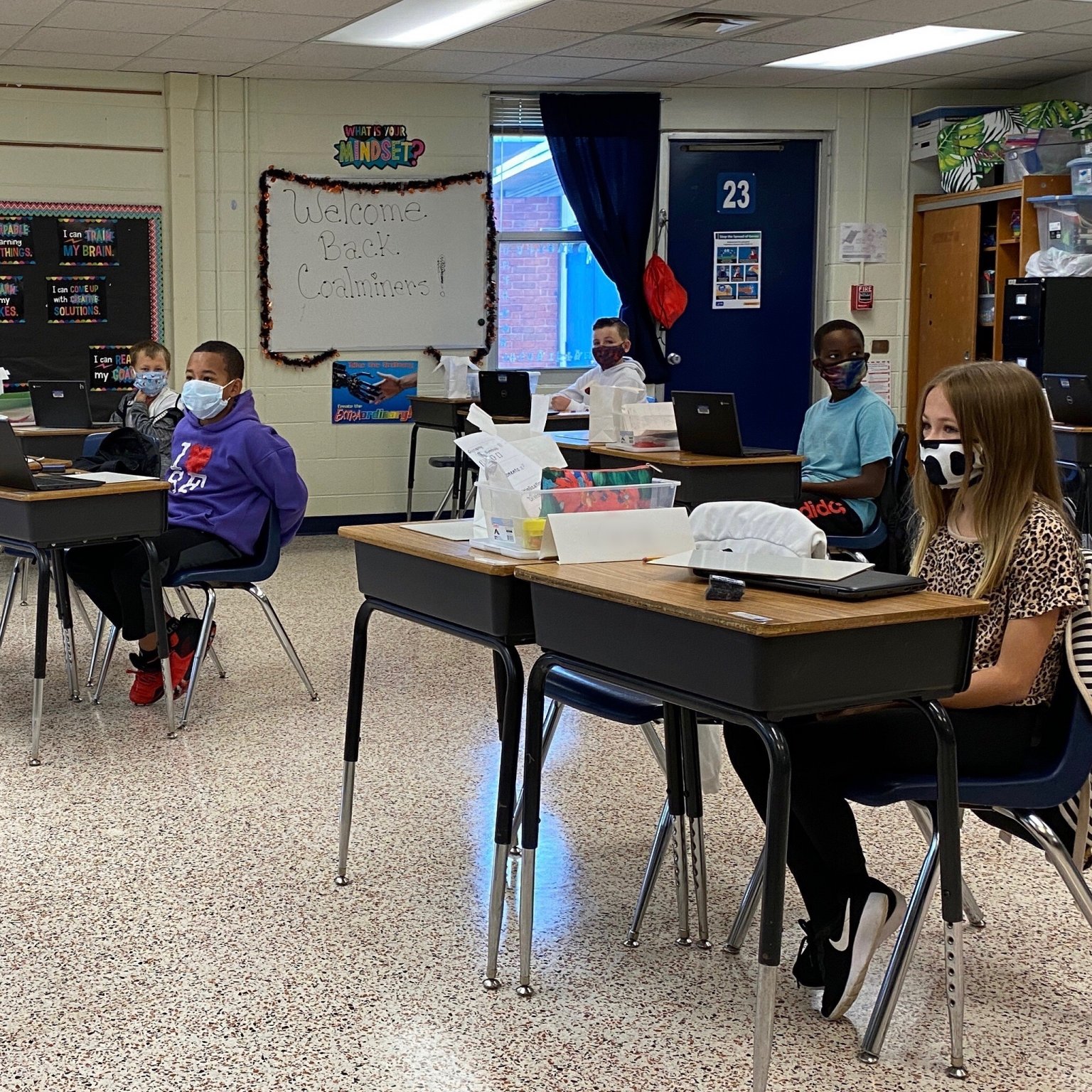By Kate Masters
(VM) – Early data from Virginia schools suggest that more students are struggling academically as the majority of divisions continue to operate totally or partially remotely during the COVID-19 pandemic.
It’s a concern that educators have raised as they continue to navigate virtual instruction. According to a survey of 132 local districts conducted by the Virginia Department of Education, 40 ranked failing students as the biggest issue with remote learning — above even access to reliable internet, which was the highest concern for about 35 divisions.
Nearly two dozen districts reported that the percentage of high schoolers and middle schoolers failing two or more classes had grown by more than 30 percent compared to last school year. And more than 50 divisions reported higher rates of absenteeism than the previous year.
The pandemic’s academic effect on students has been a continuing concern as the COVID-19 pandemic stretches into 2021. In late March, Virginia became one of the first states in the country to close both public and private schools for the remainder of the year. Gov. Ralph Northam described it as a “period of sacrifice” amid early uncertainty over how the virus could affect students, teachers and families.
As of Jan. 26, 42 of the state’s 132 divisions are still operating fully remotely. But Northam and state education officials are now emphasizing a return to the classroom as more research suggests that schools can safely minimize the risk of COVID-19 exposures.
“While we must remain vigilant regarding the prevention and spread of SARS-CoV-2, we need to balance this important objective with the shared goal of providing in-person educational instruction to the children of Virginia,” Health Commissioner Dr. Norman Oliver and James Lane, the state’s superintendent of public instruction, wrote in a joint letter earlier this month.
Some of the most concerning statistics on learning loss in Virginia come from scores on the PALS assessment — a literacy screening tool used by almost all school divisions across the state. Michael Bolling, the state’s assistant superintendent for learning and innovation, told the Virginia Board of Education at a Thursday meeting that PALS data showed significantly more kindergarten and first grade students starting the current school year at high risk for reading failure compared to the previous year.
Students are largely measured on whether they meet the assessment’s benchmark. In the fall of 2019, only 17.9 percent of kindergarten students and 18.3 percent of first-graders tested below the benchmark, Bolling said. But in the fall of 2020, 27.2 percent of kindergarteners and 28.5 percent of first-graders tested below it — a collective jump of roughly 10 percent.
A little more than 55 percent of those assessments were conducted digitally, but Bolling said state trends were similar across in-person and remote tests.
“There were significant increases [in testing below benchmark], especially in students that were Black, Hispanic, economically disadvantaged and English learners,” he told board members.
Among White kindergarten students, for example, 13.9 percent were classified as high risk in the fall of 2019 compared to 21.3 percent in 2020 — a jump of 7.4 percentage points. But the number of Black students testing below the benchmark rose by 8.8 percentage points, compared to 14.2 percentage points for Hispanic students.
Educators have warned that remote learning could exacerbate existing achievement gaps between White students and many students of color, along with differences along economic lines. But the data also indicate that many parents remain concerned about sending their children back to school. More than 20 local divisions reported that at least 20 percent of their parents opted for remote learning when in-person or hybrid models were also an option.
Two divisions said more than 75 percent of families opted for stay-at-home learning.
“Our largest divisions, to date, have been predominantly remote,” Lane pointed out. “But I’ll say we’re hearing that in most school divisions, somewhere between 10 and 30 percent of parents choosing remote even when in-person is offered.”
It speaks to the larger complexities when it comes to assessing learning loss — and weighing those concerns against fears of COVID-19 transmission in schools. Lane said that other academic assessments, such as the educational nonprofit NWEA’s MAP tool, largely showed small gains in reading from third to eighth grade and only minor losses in math.
“Essentially, if our SOLs back these results at the end of the year, it gives us some reason for optimism,” he said. “And I think it’s a huge credit to our teachers.”
VDOE also plans to launch a remediation and recovery workgroup to collaborate with local divisions on addressing learning loss among their students.



